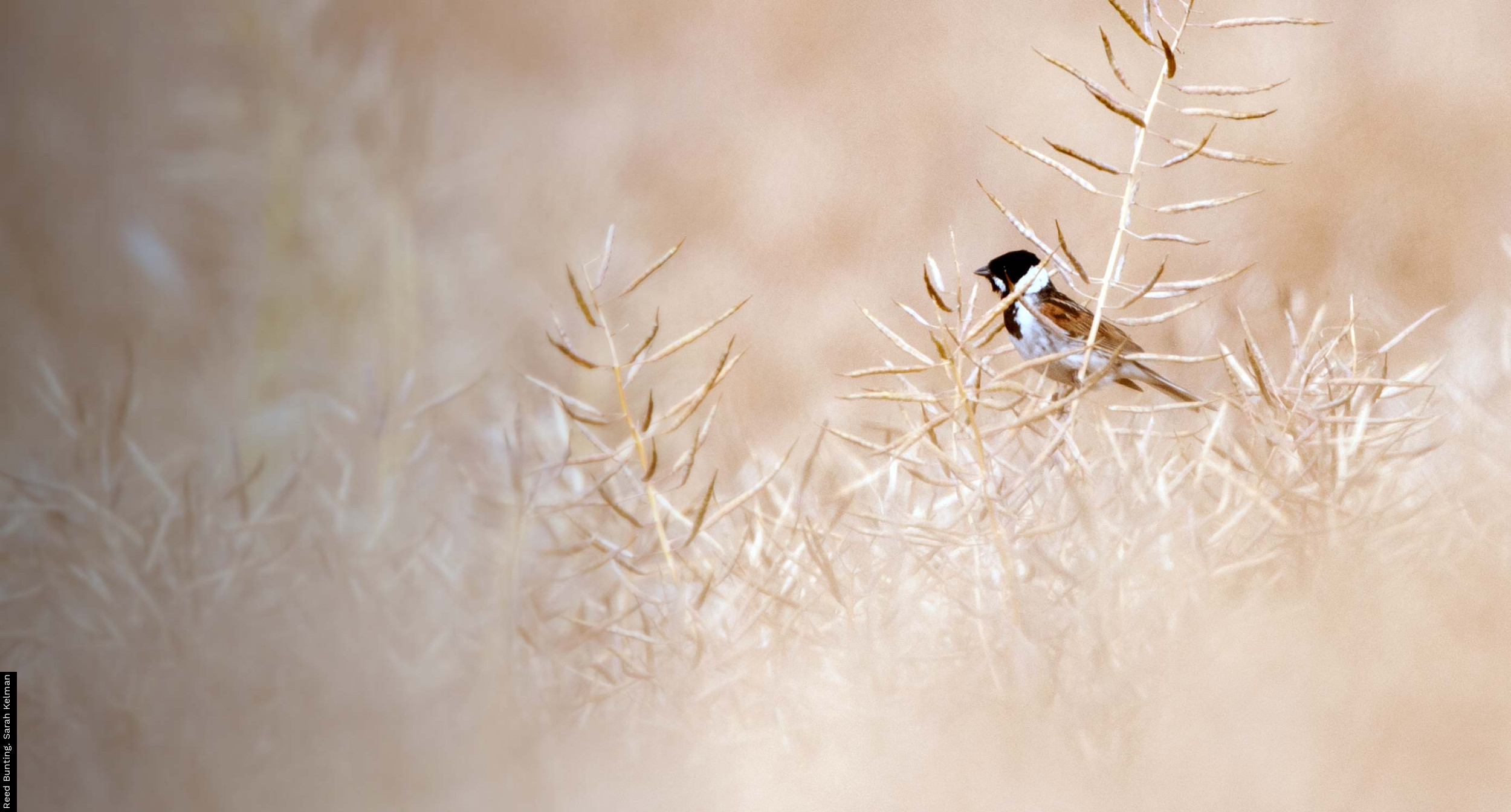RAS aims to provide information on adult survival for a range of species in a variety of habitats, particularly those not caught in sufficient numbers on CES sessions or during more general mist-netting. As with CES, between-year recaptures of ringed birds are used to calculate annual survival rates of adults (Peach 1993).
Each RAS project targets an individual species and operates within a defined study area, aiming to catch or resight the majority of the adults breeding within the site each year. RAS ringers often employ colour rings to increase the probability of detecting returning individuals. The minimum annual sample size should ideally be sufficient to include 30 individuals retrapped or resighted from previous years, whilst maintaining a constant trapping/resighting effort. Each RAS study must run for a minimum of five years, but preferably much longer, to allow calculation of long-term trends in survival rate. Examples of analyses of RAS data have been published by Robinson et al. (2008, 2010).
The RAS scheme was launched in 1998 and about 200 projects are currently active, covering about 60 species in total. Data for several of these are presented in this report. Study sites are well distributed throughout the UK.
Data analysis and presentation
Annual estimates of adult survival are derived from a form of the standard Cormack–Jolly–Seber capture–mark–recapture model (Lebreton et al. 1992). As with our other schemes, we assume survival probabilities vary annually in a similar fashion across all sites, though mean survival probabilities may differ between sites. Where individuals can be sexed we include a sex-specific intercept, but assume survival varies similarly across years for both sexes; where few individuals of one sex are caught, we exclude these from the models. We model the annual recapture probabilities as a function of either the number days on which the RAS project operated in that year or the amount of effort recorded, choosing the one that best fits the data. Note that the annual estimates of annual survival presented are in fact the probability that adult birds are found to have returned to the same RAS site the following year; this will be lower (to a small but unknown extent) than the true survival rate. We do not estimate survival rates for juvenile birds, because of their much greater propensity to disperse.
Visit the RAS section of the BTO website.
This report should be cited as: Woodward, I.D., Massimino, D., Hammond, M.J., Barber, L., Barimore, C., Harris, S.J., Leech, D.I., Noble, D.G., Walker, R.H., Baillie, S.R. & Robinson, R.A. (2020) BirdTrends 2020: trends in numbers, breeding success and survival for UK breeding birds. BTO Research Report 732. BTO, Thetford. www.bto.org/birdtrends





Share this page